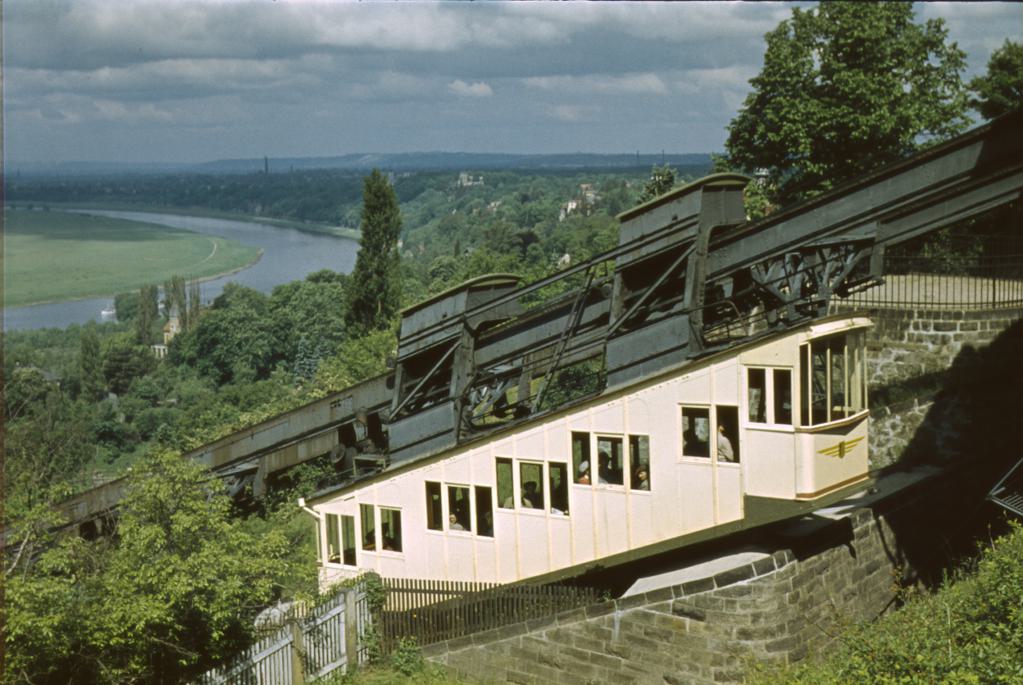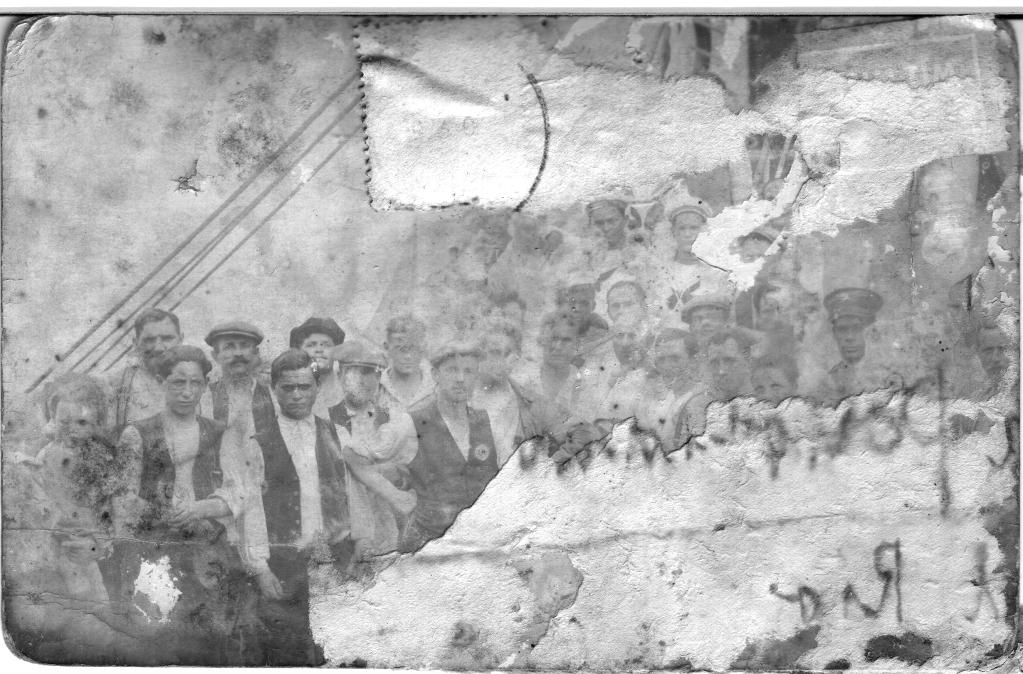
I was doing some research in Krems last week and was made aware of an initiative that I had never heard of before, although it actually falls right into “my thing”.
It’s all about collecting visual and audio documents on specific locations from the last 150 years. And then, of course, displaying them. So much so that in 2022 someone created an audio document showing how to make a call in a telephone box in Austria back then. Back then, 50 cents only got you a few seconds. In the meantime, the telephone boxes in Austria have also disappeared.
The Topothek was invented in Austria and is slowly spreading across Europe. There is already an English, a Hungarian and a Finnish version of the website. There are “Topotheks” from Spain to Iraq to the Ukraine, where there was a settlement of Estonian Swedes who founded the town of “Gammalsvenskby” in 1780 and volunteered to go to war with the Waffen SS during the Second World War. In the Topothek there is a picture gallery of the population up to 1980.
Images of people are generally over-represented. Especially in rural communities, pictures of local politicians are often more important than pictures of the landscape before the industrial area was built. The reason is simple: the individual Topotheks have to be applied for and paid for by the municipalities. This doesn’t cost the earth – from 600 euros for a municipality with less than 1000 inhabitants, up to 50,000 inhabitants it costs 1600 euros. But such costs also have to be approved by the local council – and the council is naturally more interested in presenting its own successful policy. Accordingly, there is – save, save – exactly one Topothek in Baden Württemberg – for Isny – and just ten in Bavaria – all small municipalities.
The Topotheks are of course – as they are paid for by the municipalities on the one hand and filled by volunteers on the other – not really a source for critical historical reappraisal. The Nazi mayor is sometimes celebrated for opening the open-air swimming pool. It wasn’t all bad.
So anyone who thinks they have a kind of illustrated Wikipedia here – or even a valid work of history – is far from it. There are more or less correctly indexed images of varying quality. But that alone is worth something. And every now and then you can also find treasures, such as pictures of the “Skijöring” in St. Radegund in the 70s. (Which was discontinued shortly afterwards due to a lack of snow and a stock car race was organised instead).
Photographers can of course contribute to the Topothek at any time. Upload pictures and tag them.

The photos? Above, the suspension railway in Dresden 1956, below: Emigrants on a ship to Argentina in 1923.
Danke Reinhard,
das ist wirklich ein interessantes Projekt. Bemerkenswert auch, dass es anscheinend nicht ausschließlich um Gemeinden geht. Auch Vereine oder Unternehmen können angelegt werden. Also vielleicht eine ehemalige Werft oder ein Bergwerk, wenn es vor Ort noch jemanden gibt, der deren Geschichte aufbereitet hat und dann durch Dritt Dokumente zutage treten, die bisher für Museen oder Vereine gar nicht erreichbar waren. Klingt spannend, tolle Sache! Nicht selten scheuen sich ja die Hinterbliebenen die wenigen Fotos von Oma und Opa am Arbeitsplatz den entsprechenden Interessengruppen zukommen zu lassen, weil sie diese für historisch unbedeutend halten. Oft sind es ja auch nur Bildteile, Maschine im Hintergrund einer Personengruppe von der es vermeintlich keine Bildbelege mehr gab.
Beste Grüße
Frank
Frage: Sind das Monats- oder Jahresgebühren?
Das sind Jahresgebühren. Dazu kommen noch etwa 400 Euro für die Einrichtung einmalig.